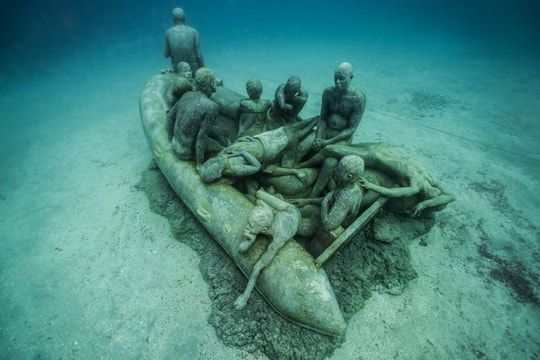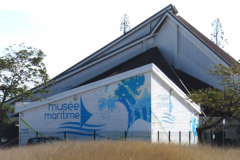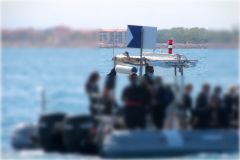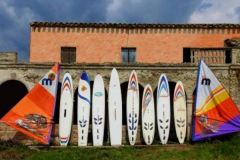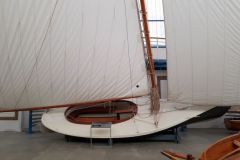After the Bahamas, Cancún and Granada (ranked as one of the 25th Wonders of the World by National Geographic), British artist Jason deCaires Tyler is about to open his 4 e underwater museum. Located on the island of Lanzarote, off the Playa Blanca (White Beach), it will house 300 statues immersed at a depth of 12 m, on a surface area of 2500 m2. Accessible since 25 February 2016, it will open this summer (there will only be 50 statues), although the museum will be definitively completed in 2017, when another 250 statues will join the first ones before the official inauguration of the 1 er january 2017.

These underwater statues with neutral marine pH have a lifespan of 300 years and are safe for fauna and flora. On the contrary, they are designed to serve as an artificial reef and shelter fish, algae, molluscs and many plant species. In addition to these artistic talents, man is also a philanthropist since he is invested in the protection of the oceans and the environment.
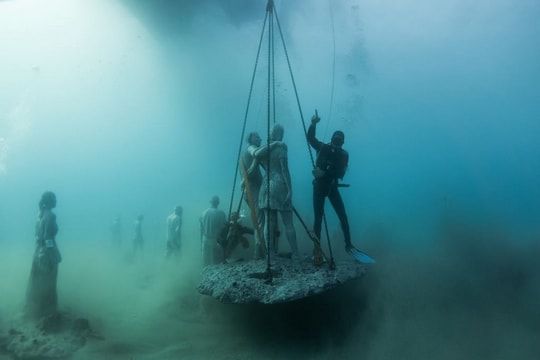
To visit the museum (open from 9 a.m. to 5 p.m.), you don't have to be a great diver! The visit can be done in bottles, snorkelling or thanks to a kind of transparent submarine. Moreover, for those who feel less comfortable with scuba diving, snorkelling, the museum can be visited in a submarine or even from the surface (depending on certain seasons and weather conditions) thanks to glass-bottomed boats.
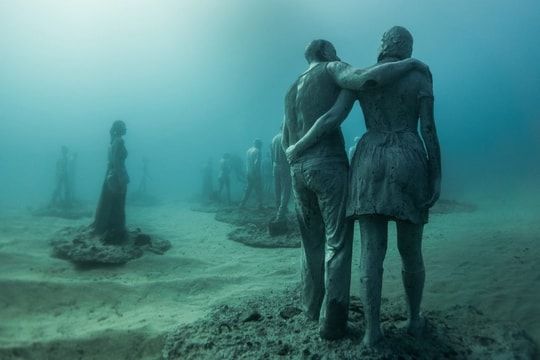
These sculptures depict men and women in everyday postures (a man taking a picture, a faceless couple taking a selfie...), but also news scenes such as the migrant crisis, entitled Raft of Lampedusa. Referring to the Raft of the Medusa (1818 by Théodore Géricault), the scene does not pay homage to the dead migrants, but brutally reminds us of the collective responsibility of the world community, as the artist explains.

